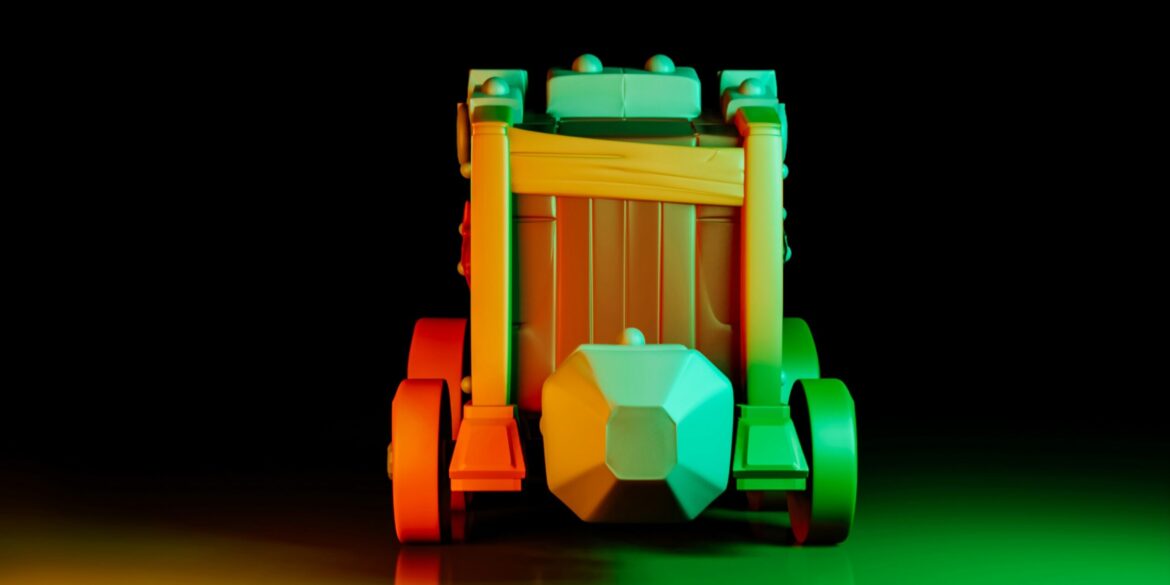A series of groundbreaking technological innovations were revealed, each one representing a significant leap forward in the fields of robotics, material science, and resource management. These breakthroughs, reported by leading researchers, offer the potential to reshape several industries by addressing long-standing challenges and opening new possibilities in manufacturing, sustainability, and bioengineering.
One of the most intriguing developments comes from a team of researchers who have successfully developed edible microrobots powered by a chemical reaction involving common ingredients like baking soda and citric acid. These robots are designed to perform specific tasks within the body, such as targeted drug delivery or localized tissue repair, before safely disappearing without causing harm to the system. The innovation uses a simple reaction between citric acid and sodium bicarbonate to produce carbon dioxide, which powers the robots’ movement. This reaction allows the robots to move through the digestive tract or other bodily environments and then harmlessly degrade, offering an environmentally friendly alternative to traditional mechanical robots. This technology could be particularly useful in medical applications where robots might be ingested for specific tasks, thus eliminating the need for retrieval or disposal.
Simultaneously, a separate team of engineers at the Massachusetts Institute of Technology (MIT) unveiled a revolutionary device capable of harvesting water directly from the air. This technology uses ultrasonic vibrations to extract water from dry air within minutes, offering a potential solution for water-scarce regions, especially in arid environments where traditional methods of water collection, like condensation or evaporation, are slow and inefficient. The system works by using high-frequency vibrations to shake water molecules loose from sorbent materials, accelerating the condensation process. This approach can harvest water even in regions where humidity is typically low, making it a potential game-changer for communities struggling with access to clean water. The technology is also designed to run on low power, such as from a small solar cell, which could make it accessible to remote, off-grid areas.
In the world of manufacturing, another groundbreaking development emerged from researchers at McGill University, who introduced a biohybrid 3D-printing nozzle inspired by the structure of a mosquito’s proboscis. This nozzle enables extremely fine precision in additive manufacturing processes, allowing for the creation of complex, high-resolution structures with incredible detail. The mosquito’s mouthpart, which is naturally fine and capable of drawing liquid with remarkable precision, served as the model for this innovation. By replicating its design, the team has created a nozzle that can extrude lines as thin as 20 micrometers, vastly improving the capabilities of current 3D printers. This development could have wide-ranging applications in industries that require intricate and delicate fabrication, such as in the creation of medical implants, electronics, and even food printing.
These three breakthroughs, though distinct, all reflect a growing trend toward interdisciplinary research that blends biology with engineering, manufacturing, and sustainability efforts. The edible robots represent a novel approach to robotics that could dramatically change how we think about devices inside the body, moving away from traditional, often bulky and invasive tools. Meanwhile, the water-harvesting device addresses one of the most pressing global challenges—access to fresh water—by offering a scalable, localized solution that could be deployed in drought-prone areas. Lastly, the mosquito-inspired 3D-printing nozzle exemplifies how nature’s engineering can inspire new technologies that enhance precision and efficiency in manufacturing processes.
Taken together, these innovations demonstrate a convergence of technology that is not just about improving existing systems but about creating entirely new ways of thinking and working. The integration of biological principles into technology design, the use of sustainable and environmentally friendly materials, and the development of highly precise manufacturing techniques are all themes that are likely to shape the future of many industries. These advances could lead to smarter, more sustainable manufacturing practices, more efficient ways to address global resource shortages, and medical technologies that are less invasive and more adaptable to the needs of individual patients.
The implications for industries ranging from healthcare to manufacturing and environmental sustainability are vast. For the medical field, edible microrobots could revolutionize how we treat diseases or deliver medication, offering a more personalized and less invasive approach. In manufacturing, the new 3D-printing nozzle could enable the production of ultra-precise components, opening the door to more intricate designs and smaller-scale production. For communities in water-scarce regions, the ability to extract water from the air could reduce dependence on centralized water infrastructure, providing an essential resource in some of the most challenging environments on Earth.
However, while these developments are promising, they also come with challenges that will need to be addressed before they can be widely deployed. The edible robots, for example, must be thoroughly tested to ensure their safety and effectiveness in real-world applications, particularly in complex biological systems. Similarly, the water-harvesting technology must prove its scalability and efficiency over long periods, especially in areas with very low humidity. The 3D-printing nozzle, while impressive, will need to be refined to ensure its reliability and versatility across different materials and applications.
Despite these hurdles, the breakthroughs announced on November 21 represent a significant step forward in the ongoing convergence of biology, technology, and engineering. As these technologies continue to evolve, they have the potential to change how we address some of the world’s most pressing challenges, from resource scarcity to healthcare innovation. For industries and researchers alike, these innovations offer a glimpse into a future where technology is more integrated with the natural world, leading to smarter, more sustainable solutions for generations to come.

